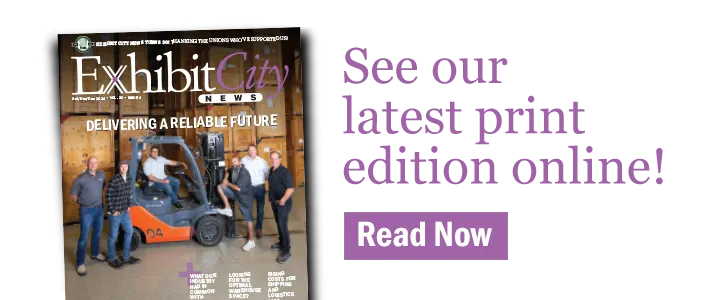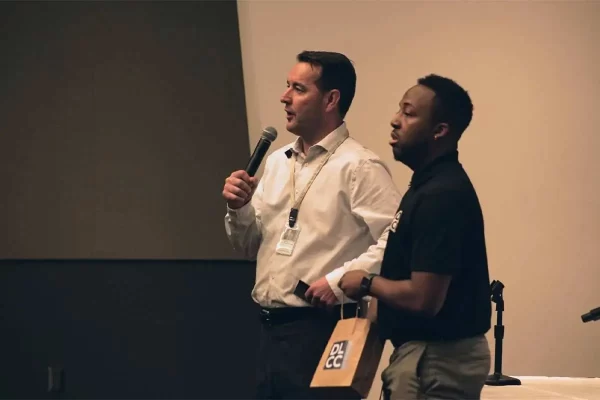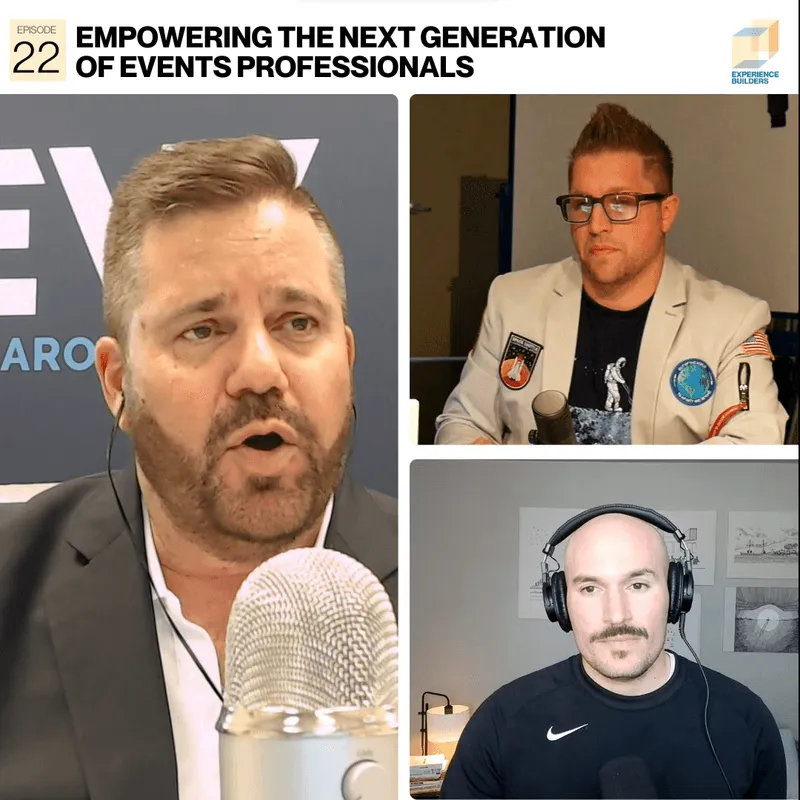Hello class. For this TradeShow Teacher lesson, I decided to share with you some of the lessons I have learned over the years. Some of them I learned the hard way by making mistakes; others I picked up through guidance from professionals in the field.
This topic idea was inspired by writing little sidebars in “The Complete Idiot’s Guide to Trade Shows” book I wrote, where I share “tips” about “lessons learned” Since we don’t write sidebars here, the next best thing was to dedicate a TradeShow Teacher lesson to sharing tips and tricks with you. This is, of course, not a complete list, but it contains a couple of key items you will find useful to remember.
Let’s get started with TradeShow Teacher’s Top 30 list of key “Tips and Tricks.”
1.) Don’t choose a show based on price alone. All shows describe exhibitor packages differently; read the details thoroughly. Sometimes, the additional costs of items that are not included in the exhibit package can add up to a sizeable amount.
2.) Paper items can be lost or misplaced. If you have a scanner or networked copier, scan paper items such as purchase orders and invoices to a show specific folder on your computer for back-up purposes.
3.) Arrange a meeting with your accounting department and ask for their advice on how to best work with them to make your payment processing smoother.
4.) If cash flow is an important consideration, ask the accounting department if you should consider paying as many items as possible by credit card and ask which credit card should be used if you haven’t already been supplied with one.
5.) The earlier your freight carrier delivers your material within the allowed time frame, the earlier your shipment will be at your booth location.
6.) For smaller booths, it’s difficult to get drapes and skirting to accurately match your corporate colors. If you order draping, skirting and your carpet in all black, your display will stand out more, emphasizing your design and signage.
7.) If you use a paper-based lead system, have pens for prospects to answer questions about product needs and fill in contact information. Also have staplers and extra staples available to staple business cards to the form.
8.) One layer of floor padding is great, but don’t go overboard. Having two or more layers will give your booth floor the feel of a sandy beach and your booth staffer’s feet and legs will feel as tired as they would after a day walking in sand at the beach.
9.) Place your messaging on inexpensive banners, not on your large display. You may exhibit at a variety of shows with different target audiences where you need different messages to reach different prospects with different needs. This enables you to easily adjust messaging without the expensive cost of replacing your main display.
10.) When you design display graphics, remember that you are designing them for what your prospects are likely to be attracted to, not what you like or would be attracted to.
11.) Sometimes, booth staffers, especially the ones that consider themselves veterans, may be a little opposed to the idea of booth staff training. Ask if they can help you by training and mentoring new staffers. This usually appeases them and makes them happier to participate.
12.) With the combination of personalities assembled for booth duty hours, you should consider having these booth staffers always work the same shifts and learn how to work the booth as a team.
13.) Create a pocket-sized conversation cheat sheet for your tradeshow team so they have an easy way to look up and memorize the top phrases.
14.) When creating your tradeshow brochure, don’t focus on the features of your product; focus on the benefits users experience when using your product.
15.) Consider sending several post-show follow up items such as direct mail or email. Or consider advertisement in an industry publication, particularly one produced by the show. A great item is a general thank you to those who visited your booth and a sorry we missed you type of message to those who weren’t able to stop by. In any case, invite attendees to visit your website for more information. Consider offering an incentive for following up with a sales-person within a certain timeframe for more information about the company. Always make sure any ad you create includes several benefit statement messages.
16.) Always submit for a Best-of-Show award when available. Many companies don’t bother submitting and this increases your odds of winning an award at that show.
17.) For tracking competitor activities, including when they will be exhibiting, Google Alerts is a great tool to use for receiving automated updates.
18.) Every booth staff member should have time to check in with the office and answer important emails. However, in the booth during show hours is not the place to do it. Ban cell phone and PDA usage on the show floor as much as possible.
19.) Exhibit halls are a great place to learn more about your competition and their marketing activities. Send someone who looks like a normal attendee to gather information.
20.) You might see marketing approaches that work well observing your competitors. Try to stay away from copying them. Doing so will make you a follower rather than a leader in the eyes of your common prospects.
21.) It’s okay for things to go wrong as long as you learn from them and don’t repeat those mistakes.
22.) Adding a kiosk or two near the aisles with a presentation running will give you a closer presence to anyone walking by.
23.) Consider displays that are light in weight. You will save money on shipping and material handling fees.
24.) If you are having a display custom built, ask if it can be built in a way that you can easily use components to assemble a smaller sized booth.
25.) Always have a CD or memory stick with your display and collateral graphic files travel on your person in case your booth does not arrive and you need to re-print graphics or collateral.
26.) Make friends with the labor crew and your booth neighbors early on. Bring some treats or promotional items from previous shows people may be interested in to use as thank you’s for any help you may need from them.
27.) Make sure to remove old labels and clearly label all boxes and crates with the address you are shipping to. Place multiple labels on several sides of the crate.
28.) Have a check list of booth items and what container they belong in. This helps to pack the correct items into each box and manage supplies.
29.) Never use automated lead follow-up or automated mailings on media contacts. They get way more information than they care for and anything you do should be personalized and specific to the media contact’s preferences.
30.) Flowers and plants are a great way to hide things you don’t want to be seen, such as cabling or small blemishes on your display.
Please share your tips with me by emailing linda@tsteacher.com and they may be able to be used in a future lesson or as a resource on the TradeShow Teacher website, with you getting the credit of course. We all learn from each other and even though I have studied tradeshows inside and out, I still learn many new things when speaking with industry professionals, as I am sure you do.
I can’t wait to join you again. Bye for now.
Linda Musgrove is president of the Trade Show Training firm, TradeShow Teacher. She focuses on teaching companies to significantly improve Trade Show Results through strategic, customized Trade Show Training for individuals, departments or entire teams. Training options include phone consulting, webinars, seminars and one-on-one in person coaching. Musgrove authored “The Complete Idiot’s Guide to Trade Shows,” published by Alpha Books/Penguin Publishing. Learn more at http://www.tsteacher.com and sign up for the FREE monthly Trade Show Tactics newsletter. Follow on Twitter at: http://twitter.com/tsteacher.
| Home |
| People on the Move |
| National News |
| International News |
| Opinions |
| Tradeshow Calendar |































